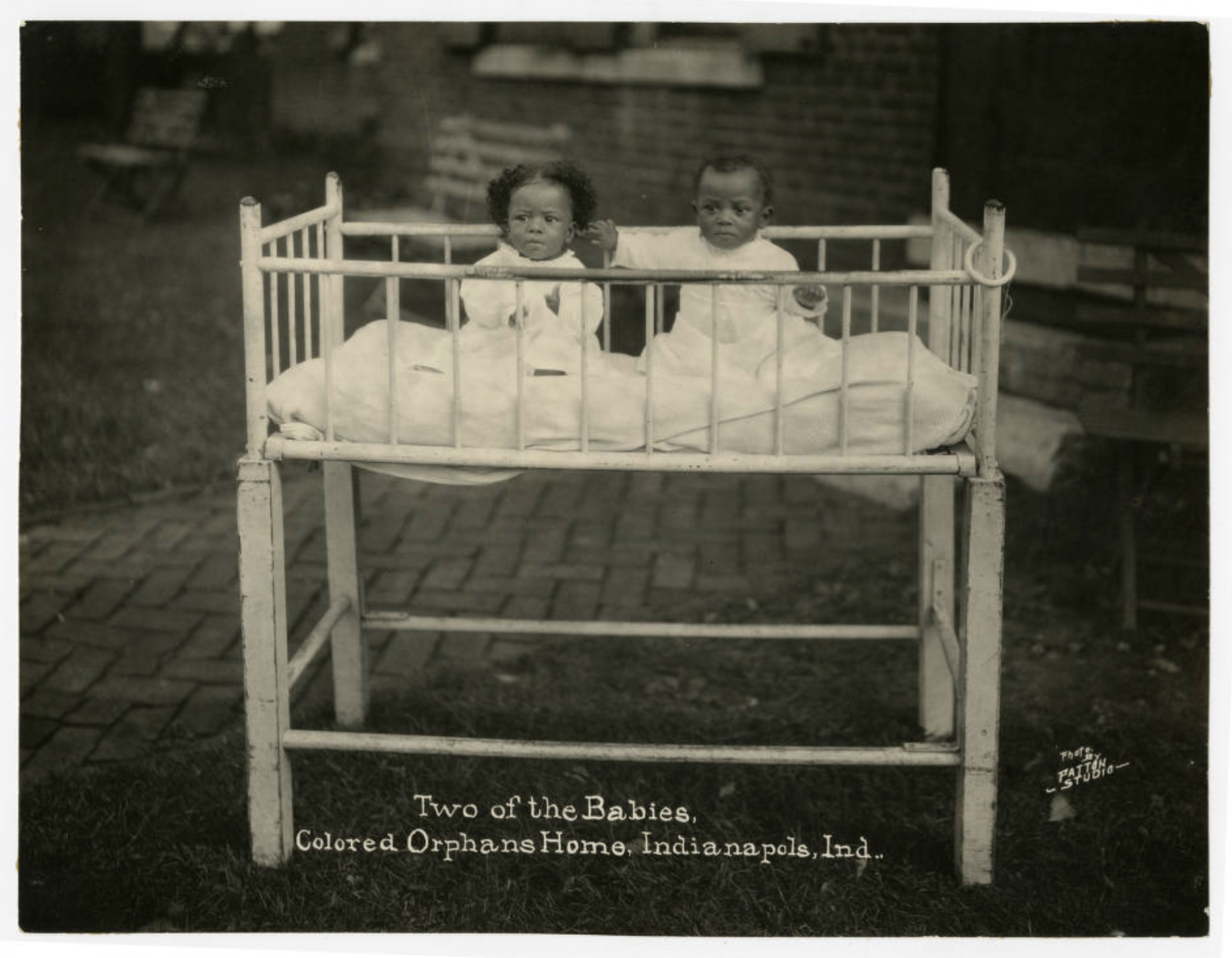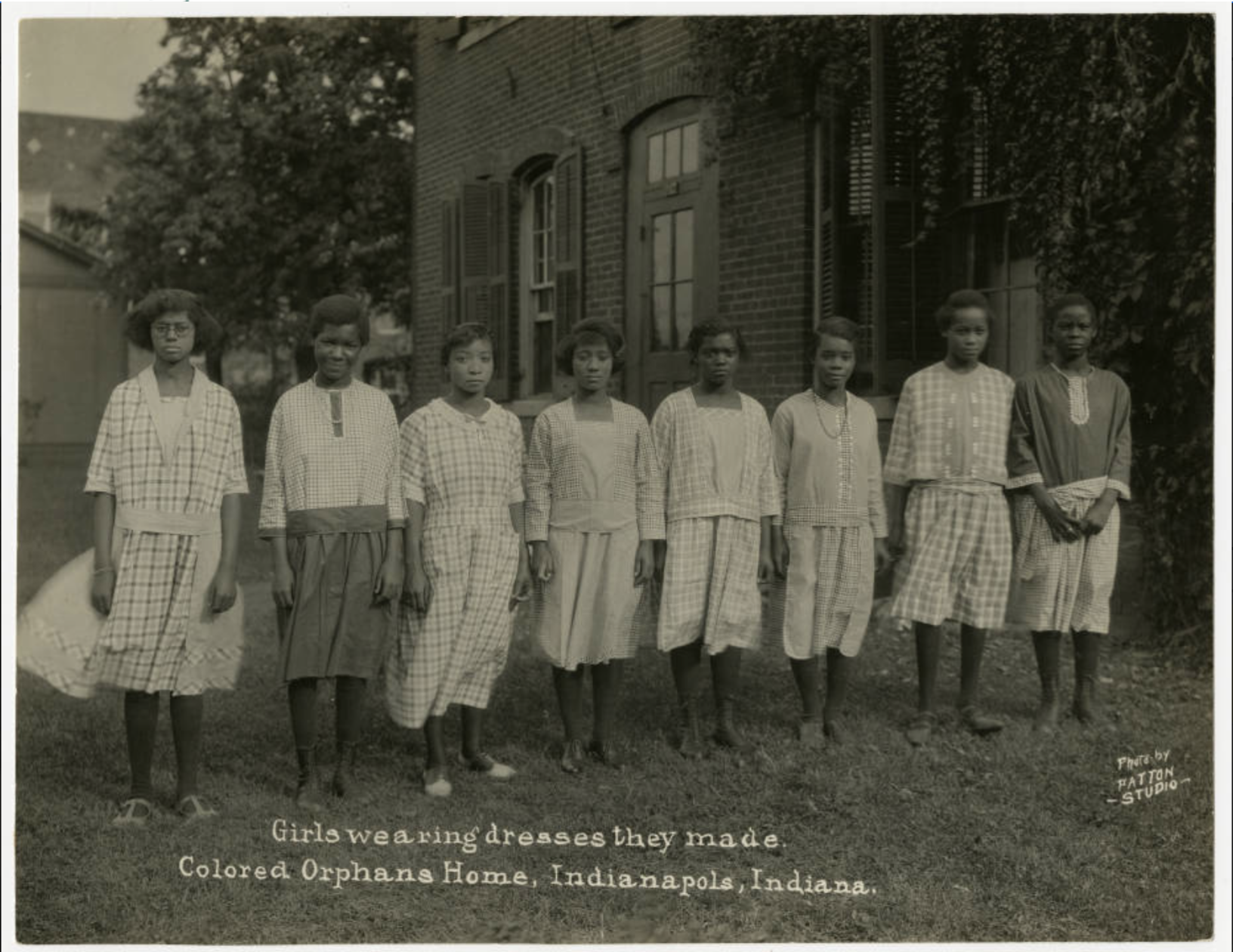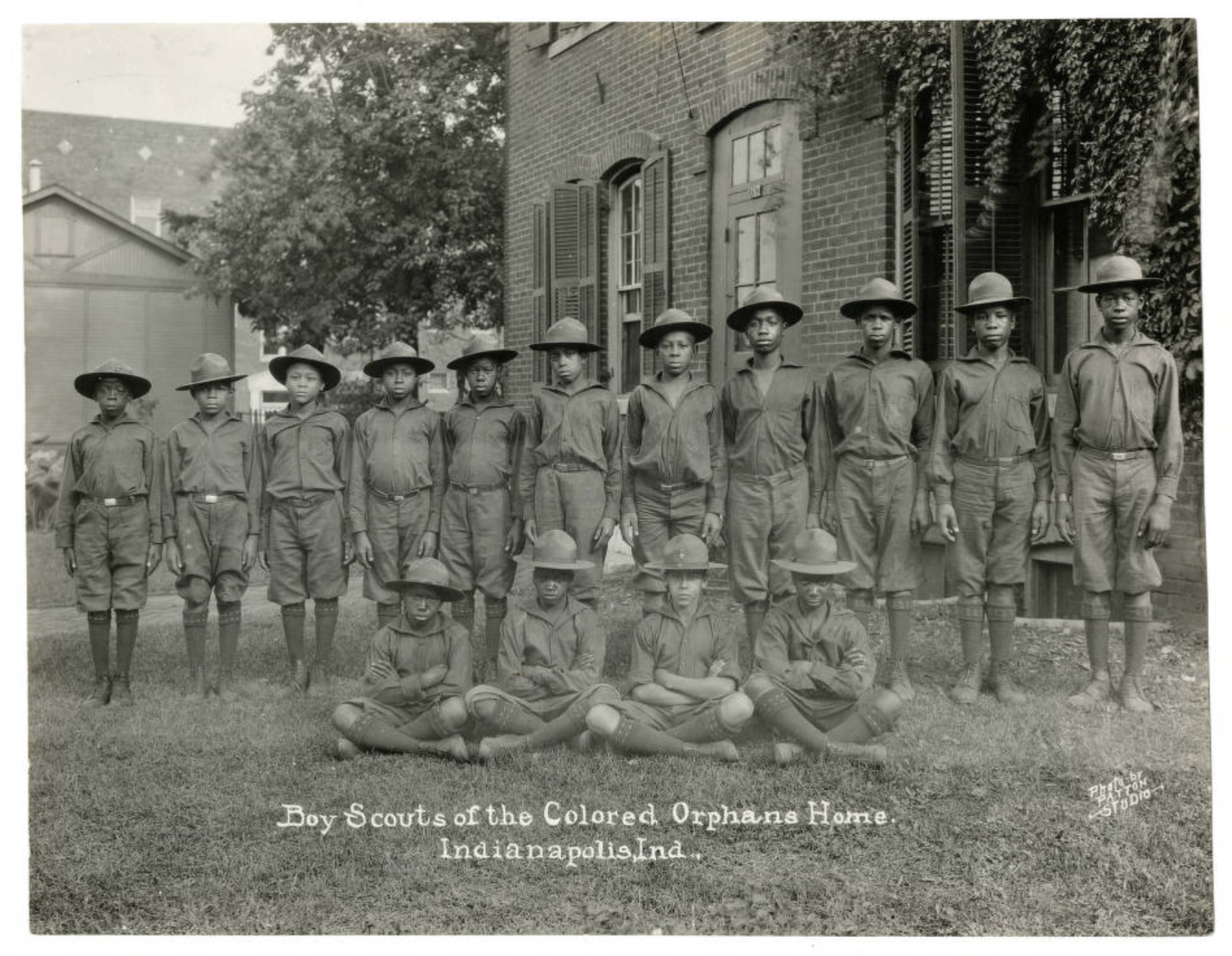The established the Indianapolis Asylum for Friendless Colored Children in 1870. At the time, it was the sole orphanage in Indiana to care for African American children, and one of a handful in the country.

The asylum occupied a home at 317 West 21st Street. Numerous additions to the home attempted to meet increasing demand, and the asylum remained at the same location throughout its existence. The home received funds from both private donations and county governments, particularly Marion County. A Board of Women Managers directed the daily activities, and a male Board of Directors managed the home’s finances.
The orphanage accepted dependents from infancy to 14 years of age. Although most of the children came from the Indianapolis area, the home accepted orphans from all over Indiana. The Society of Friends worked to place orphans with families, often with farm families throughout Central Indiana. At the end of the home’s first year, it had housed 18 children; by 1922 it had sheltered more than 3,000.

The Society of Friends maintained the orphanage until 1922 when it was turned over to the . The management change occurred due to consistent overcrowding and insufficient funding, as well as the emergence of foster care as the preferred solution to care for orphaned children.
The county commissioners moved the asylum to a new location at the southeastern corner of Keystone Avenue and 25th Street. For the first time, an African American woman, Emma Duvalle, managed the institution. Gradually the Marion County Welfare Department found homes for the orphaned children and the institution closed permanently in 1939.

When the asylum closed, $4,304 remained, which launched the Friends Education Fund, a Quaker college scholarship program for African American students. The First Friends Meeting of Indianapolis administers the fund. By 2020, First Friends had provided almost $500,000 in scholarships to over 1,000 students. The program is primarily for recent high school graduates just entering college for their initial semester and students already in the scholarship program.

Help improve this entry
Contribute information, offer corrections, suggest images.
You can also recommend new entries related to this topic.